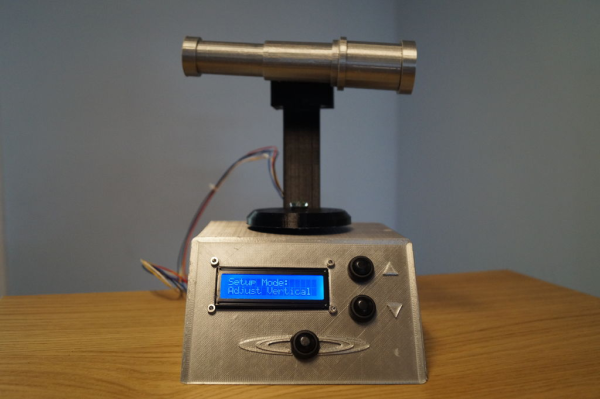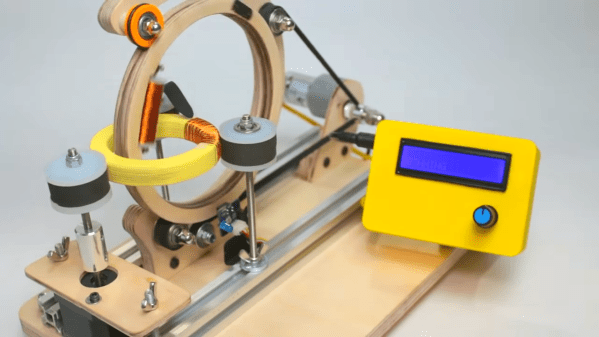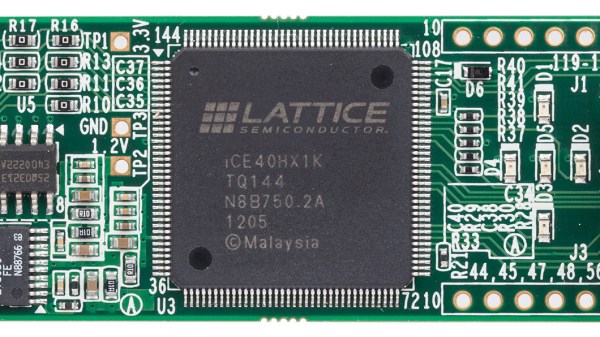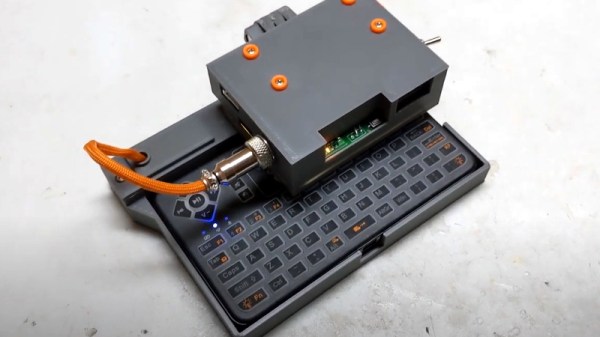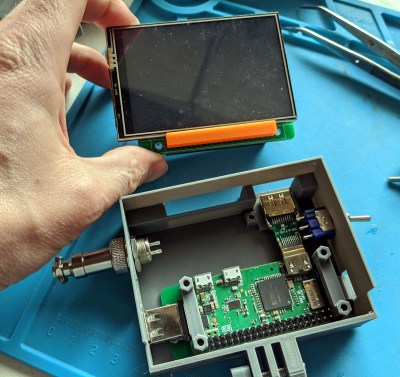When the world is on your shoulders, it can be relaxing to remember that we’re just hairless monkeys hurtling through space on a big rock alongside a lot of other rocks. If you find yourself wondering where exactly the other major rocks are instead of worrying, we think that’s a good sign.
Wherever [snowbiscuit] lives, there’s a large planet finder in a public square somewhere that stopped locating rocks a long time ago. Hungry to watch such a thing in action, [snowbiscuit] built a great-looking tabletop version that uses the Horizontal Coordinate System to locate planets. Inside is a Raspberry Pi 3, which queries NASA for azimuth and altitude data and combines that data with a predetermined north reading to point out whatever planet was selected by spinning the printed telescope on top. The telescope itself is non-working, and returns to north after a few seconds to wait for input.
This project is wide open for remixing if you want to make your own. As lovely as it is now, designing around a slip ring would eliminate all those long wires and make it more sleek. Take a peek after the break.
Don’t stop your desktop space toy collection there — build an ISS-tracking lamp to go with it.
Continue reading “Automatic Planet Finder Is Out Of This World”

